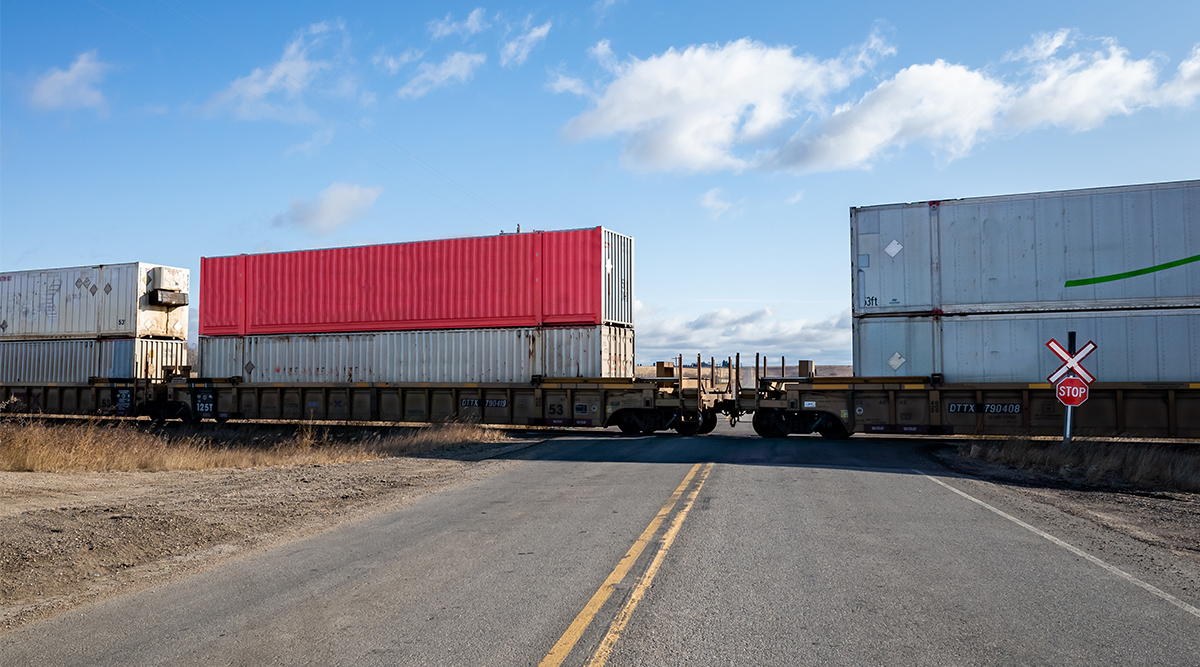3PL Tips – 5 Key Reasons to Outsource Warehousing & Distribution
Warehousing and distribution strategy is an increasingly critical aspect of business.
Developing the right strategy alongside a 3PL warehouse provider gives the outsourcer access to an entire gamut of supply chain & logistics expertise. For small startup companies looking to establish a presence in a strategic market or large companies looking to seize opportunity in new areas, and any others in between, third party logistics providers give options that allow businesses to scale efficiently.
Does it make sense for your business to outsource? Below are 5 key reasons to outsource warehousing & distribution to a 3PL provider.
Understanding Your Options for Outsourced Warehousing & Distribution.
5. Outsourcing Gives You the Flexibility You Need to Scale Profitably
Utilizing a 3PL distribution provider allows you the flexibility to set up and scale your distribution model as business demands shift. You can more easily grow into new markets that allow you to service new and diverse customer bases.
Here are three examples of flexibility from outsourcing:
- Flexibility in the supply chain: an outsourced warehousing partner will understand how to synchronize inventory across all levels of the supply chain. Leveraging the eCommerce omni-channel distribution and fulfillment warehouse expertise of a 3PL will reduce inventory carrying cost by maintaining appropriate levels of stock, and position product optimally to serve customers – wherever they choose to purchase.
- Flexibility in the transportation network: a properly-aligned distribution network allows shippers to overcome shifts and trends in transportation, be it increased challenges with driver capacity, port & labor issues, or volatility of fuel prices.
- Flexibility within the four walls of a warehouse: a 3PL provider will know how to continually streamline operational processes to account for inventory fluctuations due to consumer demand shifts, changing distribution channels, or seasonality. Continuous improvement requires continuous attention.
4. A 3PL Adds Supply Chain Value
A 3PL will provide a variety of value-added activities, such as:
- Kitting, Repackaging, Assembly etc. – These are examples of specialized services 3PL providers use to support different sales/retail channels. A good example of this is the promotional “two-for-one” packs of sunblock spray commonly found on endcaps of retailers in summer months. What is the optimal point in the supply chain to package individual units of inventory into this type of promotional product offering – does it happen overseas at origin, at the initial bulk distribution center, at a regional distribution center? All supply chains are different – however a 3PL provider implements value added services like kitting/packaging at the last point in the supply chain before the product goes to market to drastically reduce inventory and transportation costs.
- Returns Processing, Reverse Logistics, Inspection – These value added processes are common in eCommerce fulfillment, as between 30-40% of online apparel orders end up being returned. Managing the logistics of a return, as well as its eventual return to stock, is an important part of any supply chain. For example, if a customer returns a sweater they bought online – What happens next? A 3PL provider will handle the processing of the return, ensuring the customer receives a replacement item or is adequately refunded, the product is subsequentley inspected and potenitally returned to stock for sale, or perhaps enters into a secondary distribution.outlet channel or is recycled appropriately.
- Cross-Docking, Order Consolidation – These smart practices are critical for retailers servicing stores or larger distribution centers in their network. Cross-docking is value-added process in which a 3PL provider can receive a product and quickly divert it to the next point of distribution or fulfill retail channel orders, avoiding the need for it to be put in storage. Consolidation, which is a similar tactic a 3PL provider will use to reduce costs and labor, is a process of combining multiple small shipments into a larger load to reduce shipping costs.
3. Outsourcing Allows Access to Industry Expertise
Leveraging a third-party logistics provider for their operational process expertise, and know-how within your industry are strategic advantages realized by outsourcing. Outsourcing reduces your costs, drives up your efficiency and allows you to focus on your core business, as a 3PL provider will:
- Know the ins & outs of product flows for a given industry and understand the requirements of various partners in the supply chain (e.g. offshore manufacturers, distributors, big box retailers).
- Understand how to optimize processes within the four walls of a warehouse to effectively serve b2b & b2c distribution channels.
- Continuously improve process to drive efficiency, productivity and cost improvement on an on-going basis.
2. 3PLs Offer Innovative and Impactful Solutions
Warehouse Management Systems (WMS), Transportation Management Systems (TMS), Radio Frequency Identification (RFID) and Electronic Data Interchange (EDI) integration capabilities are all technology solutions that add supply chain visibility & connectivity, create efficiency and streamline supply chain processes. Large distributors often provide barriers to small or less sophisticated companies due to data and information transmission requirements. The big box retailers of the world no longer have to be off-limits for companies of any size.
Powerful WMS and TMS capabilities can add huge value to your company. These systems allow for real-time access to detailed inventory information and allow you to forecast upcoming trends. Leveraging a 3PL that has strong technological capabilities allows you to leverage their systems and expertise to improve logistical processes. Taking it to the next level – integrating supply chain information into your own business systems provides larger scale insights to how your business is ultimately serving your customer.
1. Realize Significant Cost Savings
Cost savings can be realized in many ways, however the most common of which involves process and people.
PROCESS:
- Improved productivity – From labor optimization, process design, automation of processes etc.
- Increased efficiency – removal of waste in an operation.
- Optimization of shipping & transportation: choosing the right mode & service level to service customers with the right balance of cost/service level.
PEOPLE:
- Improved quality of labor: creating the right culture in the warehouse drives improvements in productivity, efficiency and reduces turnover.
- Safety: paying attention to safety reduces incidents and creates a better workplace environment for employees.
A 3PL provider gives you ability to easily forecast the landed cost of each of your products and account for this in your sales process. This is real example of how a 3PL provides cost savings.
A fully integrated 3PL warehousing and distribution strategy allows you to utilize an expert to manage your supply chain. A 3PL provider should be able to provide a road map to how you can most effectively build and maintain your supply chain. The provider should be rooted in providing flexible solutions that fit your strategy, technology that allows you to scale efficiently, and process development to drive efficiency and cost reduction, and have the fiscal sense to help you maximize your transportation dollar. Contact us to learn more about options for outsourcing warehousing and distribution.
-
Tariff Update: Where things are heading next
The buzz around tariffs has settled down over the last few weeks. Progress is being made in many areas, so the purpose of today’s post is...
+ Read more -
Successful 3PL-Customer Relationship – 6 Cornerstones
Hiring a third-party logistics (3PL) provider is a strategic approach for businesses to increase their capacity without expanding their...
+ Read more -
Canadian Rail Strike? – What We Know So Far
On May 1st, CN (Canadian National Railway) and CPKC (Canadian Pacific Kansas City) rail workers voted overwhelmingly to authorize a strike...
+ Read more




